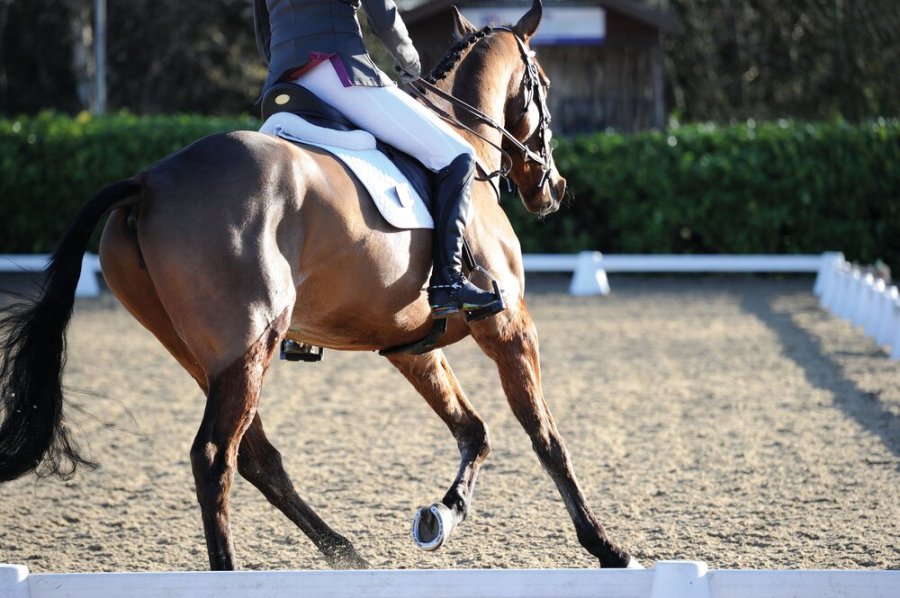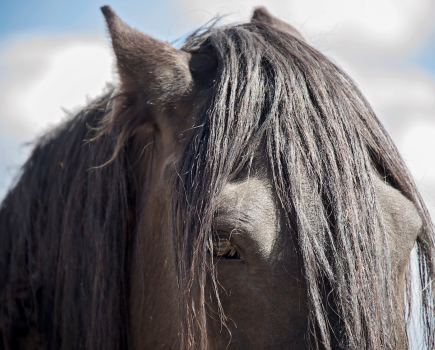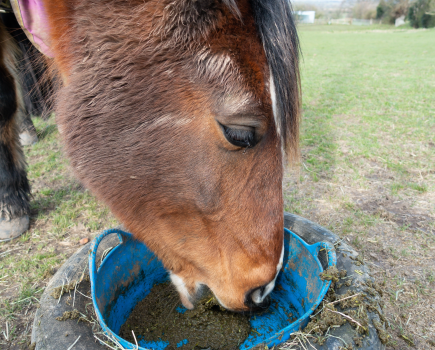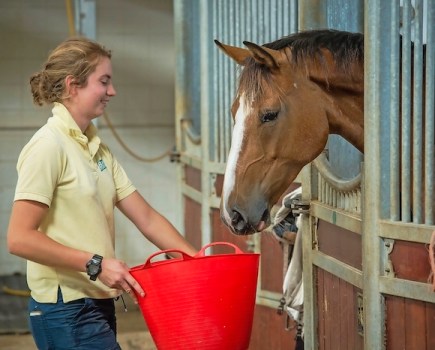In a recent study carried out by Dr Russell MacKechnie-Guire et al*, half pads were found to help buffer forces on a horse’s back generated by the rider in trot and canter.
“Although half pads showed a decrease in saddle pressures when using either a medical grade closed cell foam or wool half pad, it’s essential that you discuss the use of any half pad with your qualified saddle fitter,” says Russell.
“Using a half pad beneath a saddle that alters what was a correct fit to an incorrect fit may cause an increase in saddle pressures which will compromise equine health and performance.”
Russell explains that riders must consider, in consultation with their qualified saddle fitter, the type of half pad to be used.
“In our study, medical grade closed cell foam and wool half pads were shown to reduce saddle pressures. In contrast, a gel half pad resulted in increased saddle pressures. Therefore, riders must consider the best type and material to use relative to the individual horse.
”It’s also essential that you ensure that the half pad is the correct shape and size for your saddle panel. A half pad that is too small will sit under the back edge of the saddle panel. This will then create localised pressures on the horse’s back directly under the back edge of the half pad.
“Riders should also consider the health of the half pad,” adds Russell. “In our study, we used brand new half pads and so they were all optimal. We speculate that if we had used a worn wool half pad that the half pad’s performance would have been compromised.
“Therefore, check that a half pad doesn’t — or hasn’t already —become worn, and so lost its pressure-reducing properties.”
Design should also be considered.
“We believe the gel half pad pressure increase happened as, unlike the medical grade closed cell foam or wool half pad, it did not have a spine. Therefore during locomotion, we believe that the half pad was drawn down, increasing pressures at the front of the saddle,” explains Russell.









